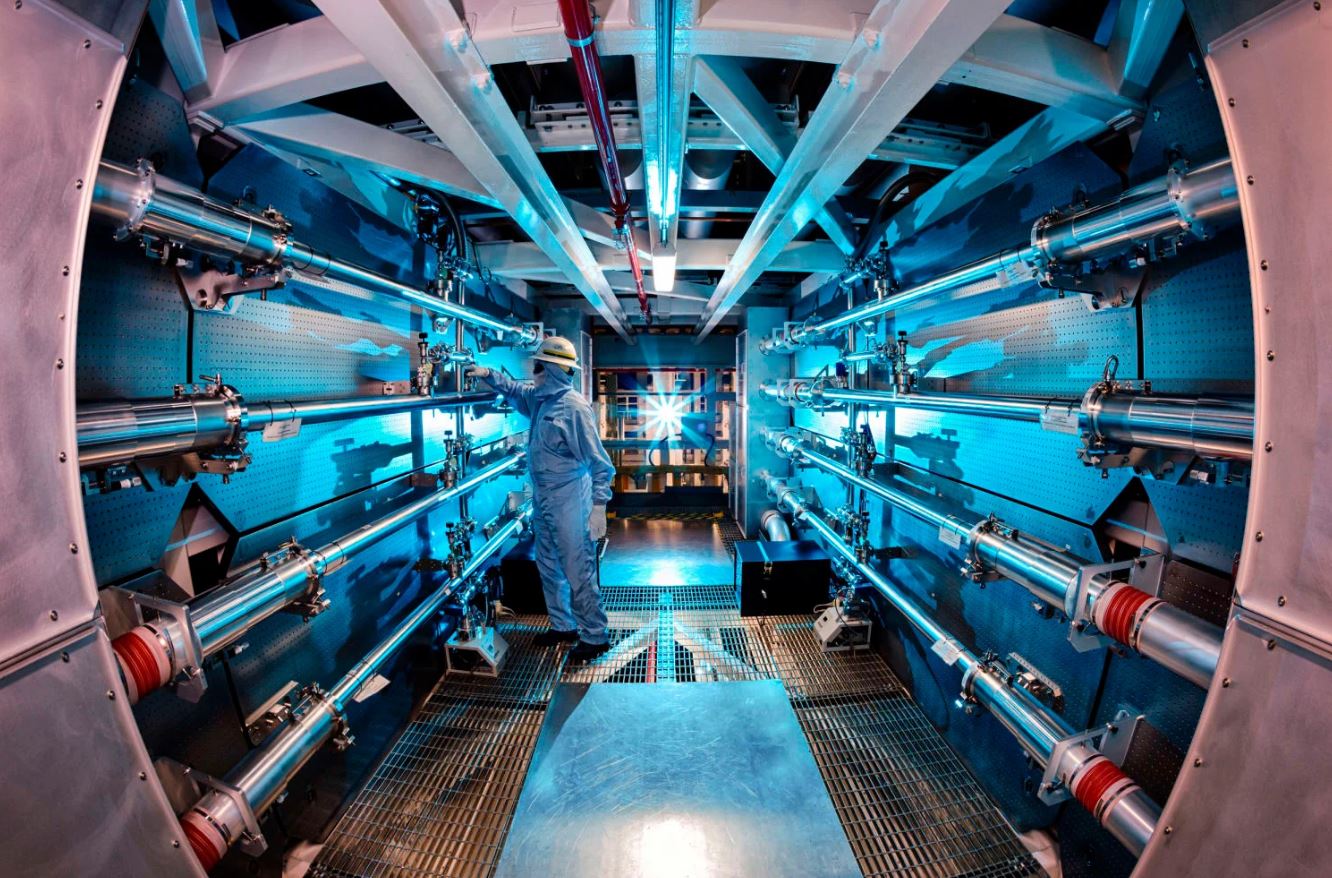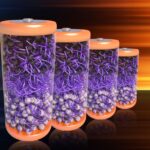 On December 5, 2022, the National Ignition Facility (NIF) at Lawrence Livermore National Laboratory (LLNL) marked a milestone in fusion research by achieving fusion ignition—meaning it generated more fusion energy than the laser energy used to ignite the target. This breakthrough, the culmination of over 60 years of dedication and teamwork, brings us closer to a future where fusion provides a safe, clean, and sustainable power source.
On December 5, 2022, the National Ignition Facility (NIF) at Lawrence Livermore National Laboratory (LLNL) marked a milestone in fusion research by achieving fusion ignition—meaning it generated more fusion energy than the laser energy used to ignite the target. This breakthrough, the culmination of over 60 years of dedication and teamwork, brings us closer to a future where fusion provides a safe, clean, and sustainable power source.
Dave Schlossberg, an experimental physicist at LLNL, sums it up well when he says, “It’s a monumental step forward.” By using lasers to compress and heat plasma, the facility is essentially recreating the conditions found at the heart of the sun. Think of it like lighting a campfire that keeps burning on its own once started. The achievement isn’t just a scientific triumph—it’s a promise of how fusion energy could reliably power our world without the carbon footprint of traditional energy sources.
Since that landmark day, the team at NIF has successfully repeated the ignition process and even managed to optimise it so that less laser energy is needed to produce the same output. These improvements are key as researchers work to scale up fusion reactions, refine fusion physics, and ultimately hone the technology for commercial use.
LLNL’s progress not only pushes the boundaries of fusion science but also inspires a new generation of scientists and engineers to explore bold ideas in clean energy.








